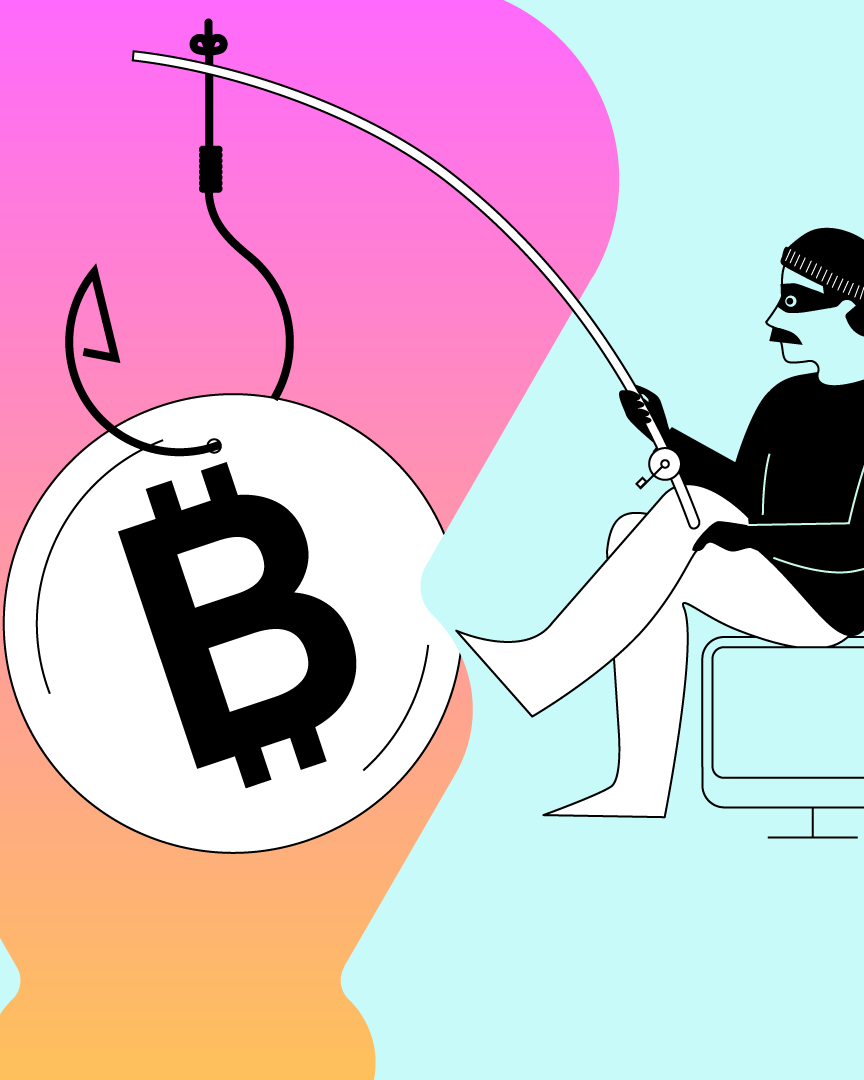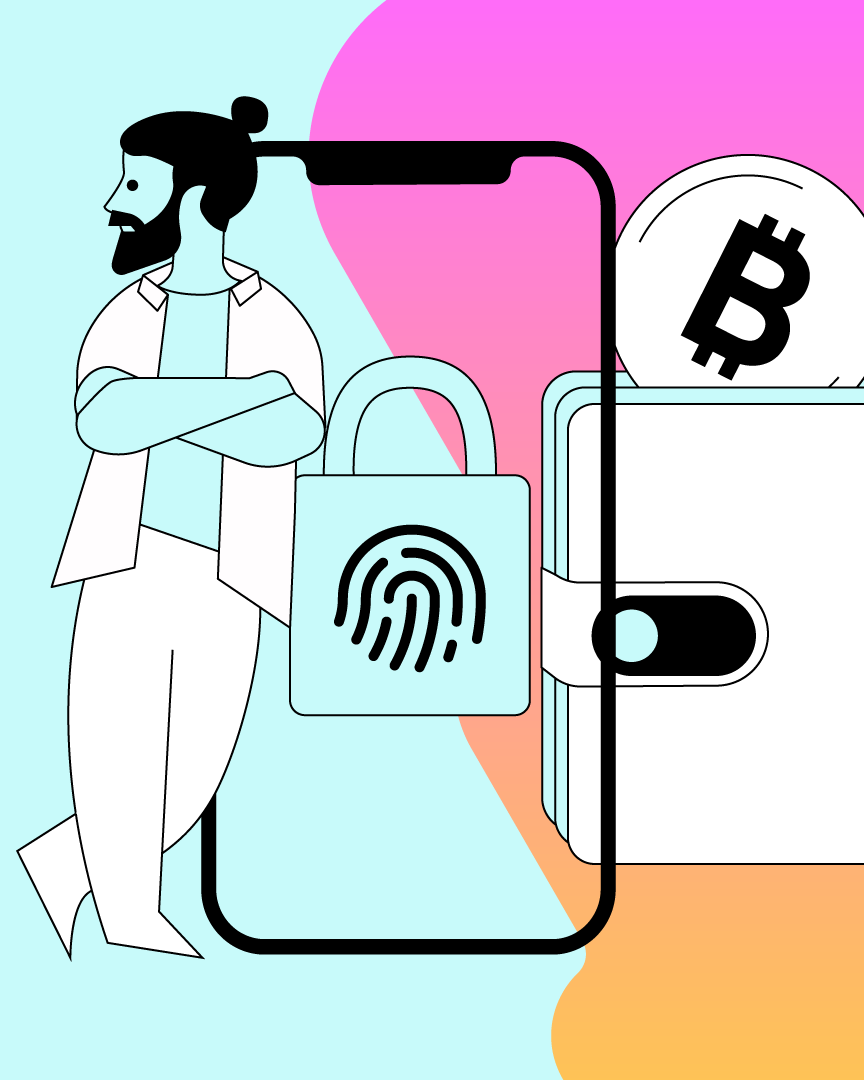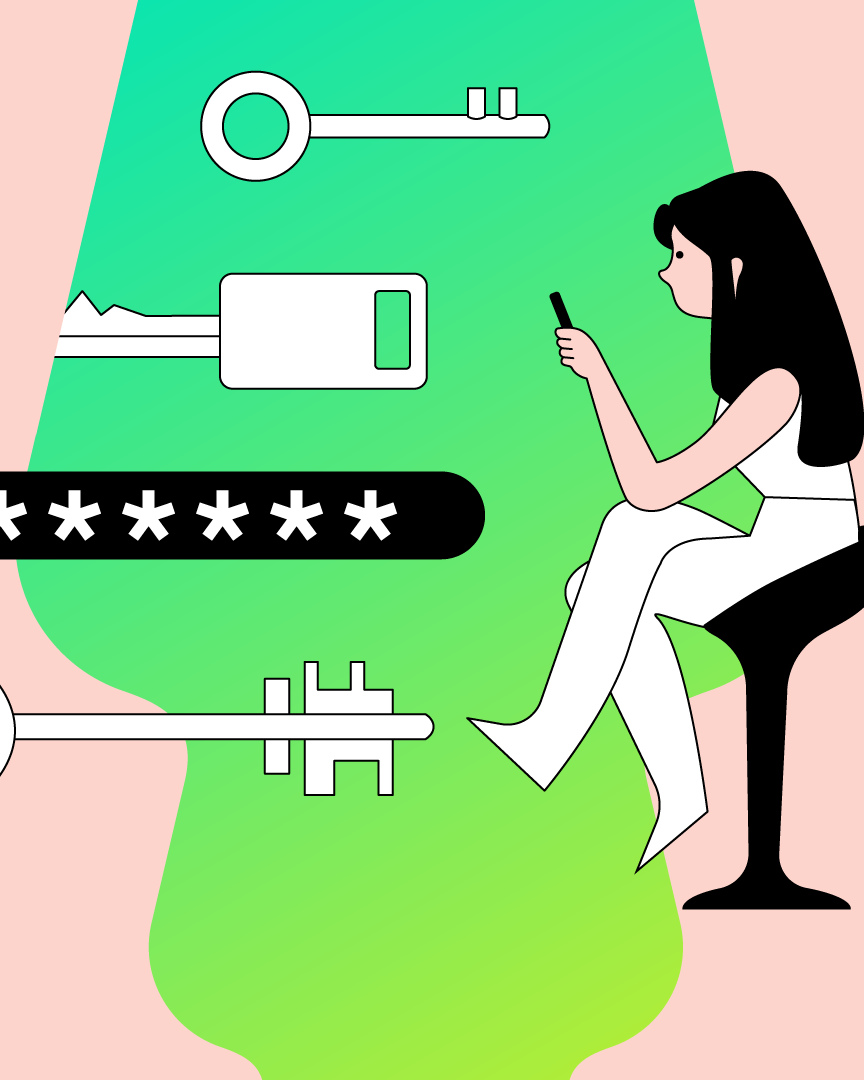2.15 How to trade crypto responsibly
This lesson helps you understand the practices to trade crypto responsibly.

The prices of cryptocurrencies fluctuate quite often which can either lead to huge profits or losses in the short term. When you enter the space, it is common to feel FOMO (Fear of Missing Out) and buy more assets expecting profits. However, buying and selling digital currencies out of emotions will not help in the long term to build a good portfolio.
It is very common for new investors to trade cryptocurrencies impulsively. But, making decisions with a clear head, due diligence and following a trading strategy helps you with responsible crypto trading.
This lesson helps you understand the practices to trade crypto responsibly.
Contents
- What is responsible trading?
- Practices to trade crypto responsibly
What is responsible trading?
Responsible trading is more than just buying or selling digital currencies. You need to be in control of your actions rather than trading assets out of FOMO.
Trading responsibly is about being accountable for your trading actions. It involves preparing a proper trading strategy and making decisions consciously instead of acting based on emotions.
Responsible cryptocurrency traders avoid sentiments and activities that will lead to an unstable portfolio. You need to stick to your trading plan and constantly watch where your decisions are negatively influenced by external factors. You can develop the skill of responsible crypto trading with time and experience.
Practices to trade crypto responsibly
Create a trading plan
One of the best ways to not let your emotions decide your portfolio is to create a trading plan or trading strategy.
Your trading strategy can include market analysis, which crypto to buy, and how much to invest beforehand. By doing so, sudden changes in market prices, rumors, and FUD will not disturb your decisions.
Outlining your trading objectives, risks you can take, the kind of trades you want to make in the future will help you create a trading plan. Your trading strategy can include the following factors:
- Entry and exit prices for specific trades
- Maximum investment amount in a certain period
- Diversity of your portfolio
- The products or assets you trade
- Maximum losses you can afford
Use stop-limit orders
It can be difficult to be on screen 24/7 and watch how the crypto market is behaving to make subsequent decisions. Additionally, buying and leaving large amounts of highly volatile assets is not a good idea. Hence the stop-limit order is the best option to control the risks involved with virtual currencies.
Stop-limit orders consist of two types of orders: stop price and limit price. When the asset reaches a specific price, the stop price activates the order. The limit price can be the maximum price you want to sell an asset or the minimum price you want to buy an asset.
You can read one of the academy's previous lessons on order types to know more about stop-limit order, an advanced method to minimize the losses involved with cryptocurrencies.
Do your own research (DYOR)
While it is important to listen to industry experts and their advice, it is necessary to conduct your own research. Even when you are new to the industry, do your own research to understand the market situation and make your decisions accordingly.
Doing your own research will help you make better trading decisions and be responsible for your actions. Only you know your risk profile and your financial status. So only you can decide what to invest and where to invest.
Before you start investing, research the market thoroughly and understand fundamental and technical analysis instead of depending on other people.
Diversify your portfolio
While creating a trading plan, you need to include different types of products or assets to minimize risks.
Diversifying your crypto holdings will help you distribute the risks. As a responsible trader, you can also consider exposing your portfolio to promising cryptocurrencies apart from Bitcoin.
Avoid FOMO
It is quite common to feel FOMO when trading cryptocurrencies. Being constantly exposed to cryptocurrency news and updates may prompt you to instantly start trading digital currencies, any time of the day. However, you need to be careful and watch how it affects your emotions and actions while trading. The fear of missing out on large profits might make you abandon your trading strategy and instead rely on impulsive judgments.
Avoiding FOMO and sticking to your trading plans will help you trade crypto responsibly. It is important to be disciplined enough to ignore FOMO. Take some time to research the project thoroughly and avoid taking brisk actions. You can also strategically dedicate only a specific amount of hours to crypto trading each day. This helps you avoid 24/7 trading cycles and instead invest with a plan.
Performing due diligence, creating a trading plan, and being committed to it no matter the external factors will make you a responsible crypto trader and give you better long-term results.
FR
This material does not constitute investment advice, nor is it an offer or solicitation to purchase any cryptocurrency assets.
This material is for general informational and educational purposes only and, to that extent, makes no warranty as to, nor should it be construed as such, regarding the reliability, accuracy, completeness or correctness of the materials or opinions contained herein.
Certain statements in this educational material may relate to future expectations that are based on our current views and assumptions and involve uncertainties that could cause actual results, performance or events to differ from those statements.
BB Trade Estonia OU and its representatives and those working directly or indirectly with BB Trade Estonia OU do not accept any liability arising from this article.
Please note that investing in cryptocurrency assets carries risks in addition to the opportunities described above.



















